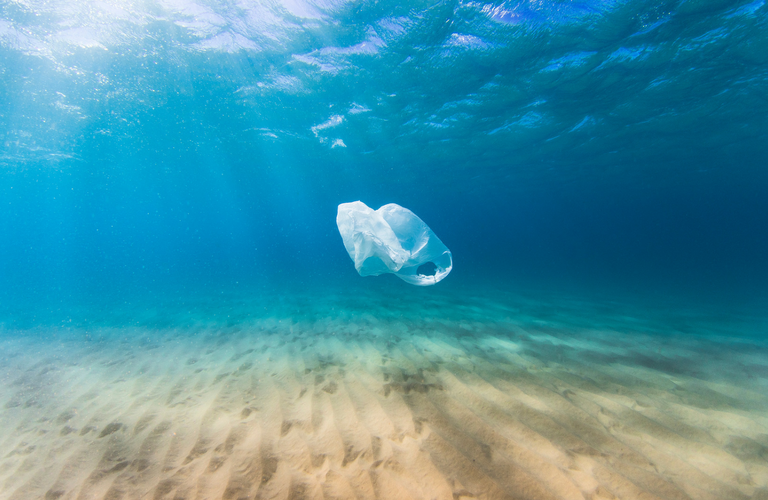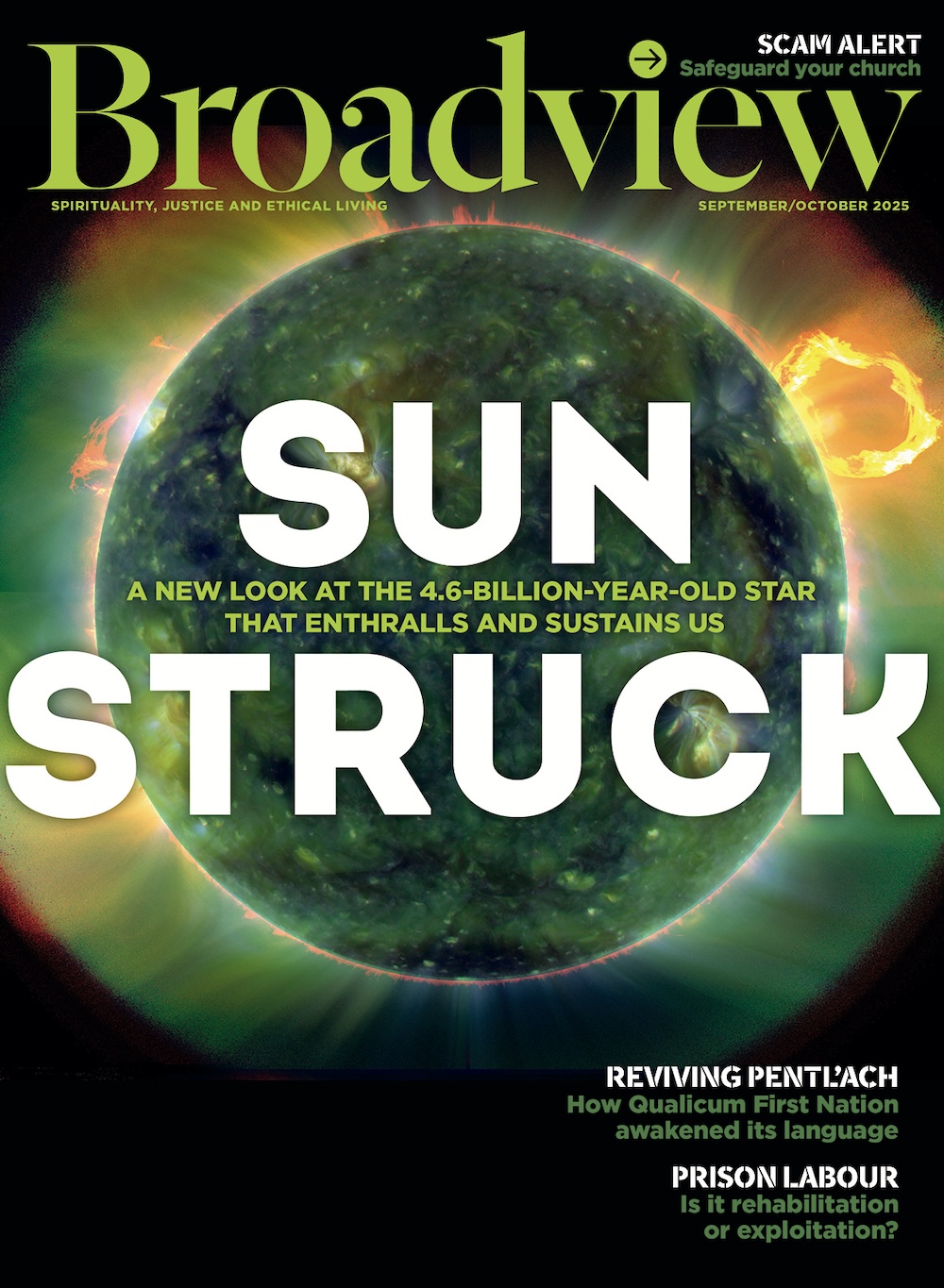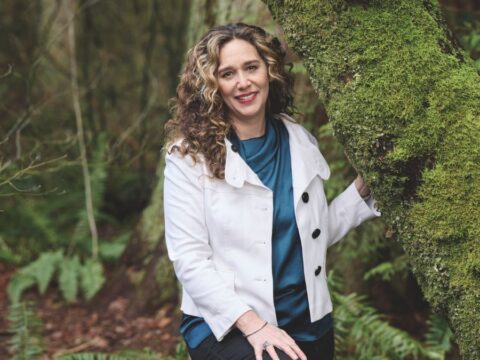Paper or plastic?” That’s the question grocery store cashiers once asked customers. Today, the common query is “Do you need any bags?” To which I smugly respond, “No, I have plenty of reusable bags here,” while conveniently ignoring all the plastic food packaging in my cart.
Paper or plastic was at the top of my mind as we worked on this month’s cover story, a sobering look at the harm our plastics addiction is causing. My dilemma was this: The Observer’s April issue was scheduled to be delivered in a polybag, the plastic sleeve that allows us to mail out a few extras with the magazine. Usually, these extras, or “outserts” as they’re called, are advertisements. Other times, they’re fundraising appeals — like this month’s Friends of The Observer campaign letter. We include them because they earn us money and help keep this publication thriving.
You may unsubscribe from any of our newsletters at any time.
And while I can easily defend the use of a polybag on financial grounds, it would be unconscionable to deliver a cover story about plastics . . . in plastic.
The polybag we’ve been using is made of linear low-density polyethylene. Manufacturers market this type of plastic as “oxo-degradable” because it contains an additive that accelerates the bag’s disintegration into smaller fragments within a couple of years. After that, the fragments “decompose into simple materials found in nature,” according to an industry pamphlet.
To his credit, Devin Sidhu didn’t feed me this line. He’s the president and CEO of Alte-Rego Corp., in Etobicoke, Ont., the company that makes our polybag. In fact, Sidhu sent me some literature about the problems with oxo-degradables. Sure, they break down, but the microplastics that remain pose a risk to the global ocean.
The only plastics that are fully biodegradable are those marked “compostable.” Could we deliver The Observer in a compostable bag? Sidhu says it would probably rip in the packaging and labelling processes and would cost four times as much as the polybag.
In the end, it was our printing plant, Lowe-Martin, that came up with an environmental and low-cost solution: just glue the Friends Fund letter into the magazine. No plastic sleeve required.
But what to do about future issues where packaging is required? Paper or plastic? I would love to announce a permanent switch to paper envelopes, but it would cost an additional $1,900 per issue to send out The Observer this way — about 70 percent more than the polybag. Using paper envelopes throughout the year would mean increasing subscription or advertising prices. Both options are financially risky.
The other way to pay for a switch would be a six percent increase to the annual Friends of The Observer fundraising totals, or about $5 more per donor.
This story first appeared in The Observer’s April 2018 edition with the title “A plastic problem.”














Simply increase the subscription rate by a small percentage. The poly bag is not cheaper, it is allot more expensive, you have simply exported that cost to others in the form of pollution. I like to take this moment to say I love the new Broadview redesign.